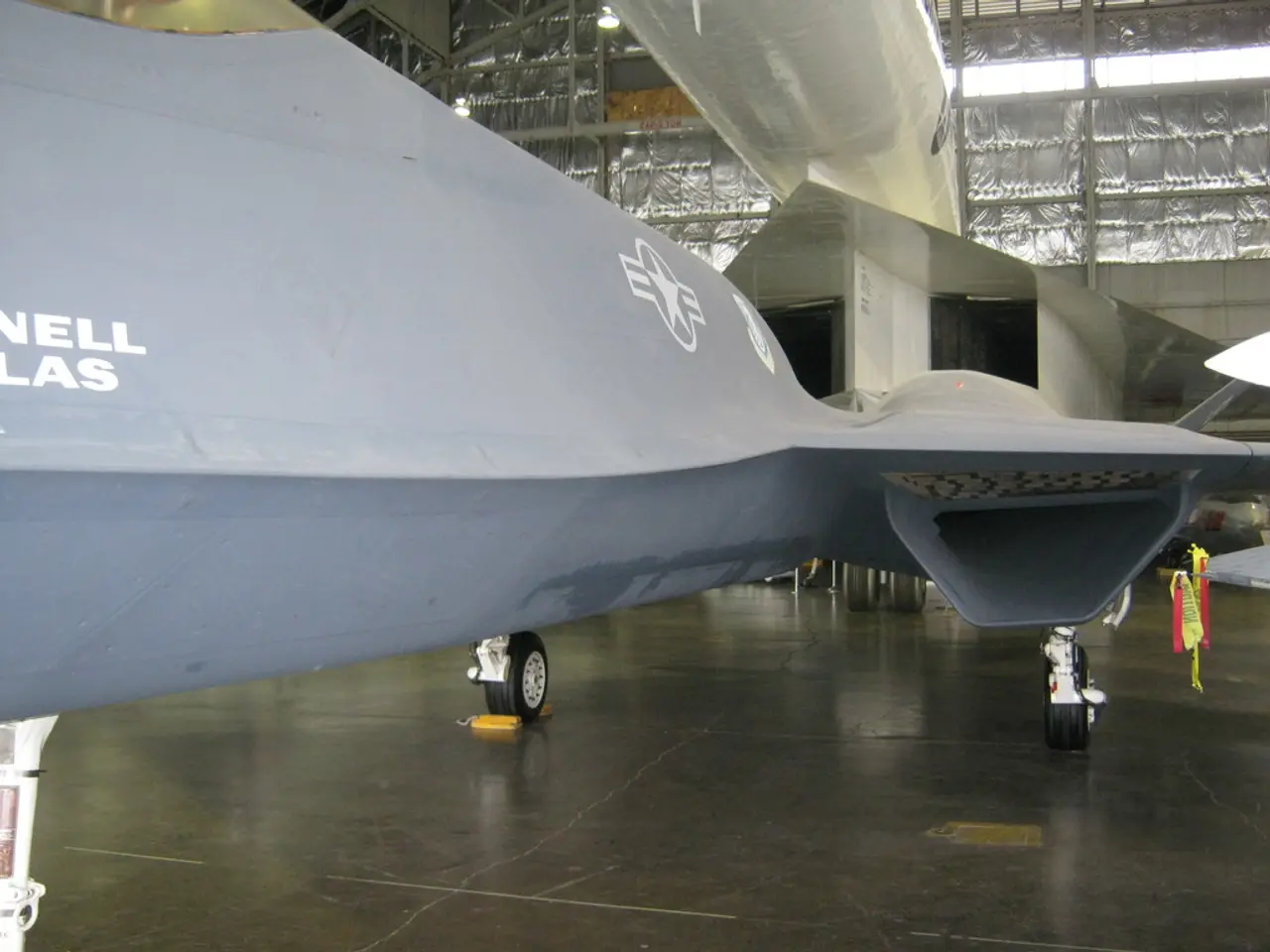Guiding Steps to Obtain a Personal Pilot License
In the world of aviation, the Private Pilot License (PPL) is a significant milestone for aspiring pilots. Here's a step-by-step guide on how to obtain your PPL in the United States.
### Age Requirement To be eligible for a PPL, you must be at least 17 years old. While some sources suggest 18 years old, the minimum age set by the Federal Aviation Administration (FAA) is 17.
### Medical Certificate A third-class FAA medical certificate is required to obtain a PPL. Alternatively, you may operate under the BasicMed rules, which involve a comprehensive medical exam with any state-licensed physician every 48 months, plus an online medical education course every 24 months. Certain medical conditions may disqualify you from receiving an FAA medical certificate.
### Flight Experience Requirements You must log a minimum of 40 hours of flight time in an airplane category and single-engine class rating. This 40 hours must include at least 20 hours of flight training with a certified flight instructor (CFI). The 40-hour minimum typically breaks down into day and night flying, cross-country flights, and specific skill training. Although 40 hours is the FAA minimum, the national average to complete training is closer to 70 hours.
### Ground Training Requirements Ground training is essential for a PPL and covers the theoretical knowledge needed to fly safely. This includes aerodynamics, navigation, meteorology, FAA regulations, and more. Ground school often takes about 4 weeks and prepares you for the FAA written knowledge test. You must pass the FAA Private Pilot Airman Knowledge Test (written exam) based on ground school topics.
### Other Testing Requirements After flight and ground training, you must pass an oral exam administered by an FAA-designated pilot examiner or instructor and a practical flight test (checkride) with an FAA examiner. These tests assess your flying skills and knowledge to ensure you meet FAA standards for safe solo flight.
In summary, to get your PPL, you must be at least 17, pass a medical exam, complete at least 40 hours of flight time with required dual instruction and solo time, complete ground school, and pass the FAA written, oral, and practical exams. Once you meet FAA requirements, you can act as Pilot in Command of an aircraft under Visual Flight Rules (VFR) for private purposes, carry passengers, and share operating expenses with passengers as long as it's equal.
For more information, always confirm specifics with your flight school or FAA sources as some details may vary by training program (Part 61 vs Part 141) or individual circumstances. Happy flying!
To obtain a Private Pilot License (PPL) in the United States, you should first ensure you are at least 17 years old, as required by the Federal Aviation Administration (FAA). Ground training, which covers essential topics such as aerodynamics, navigation, and FAA regulations, is an important part of the process and can be completed through an online ground school.
During your flight experience, you'll need to log at least 40 hours of flight time in an airplane with a certified flight instructor (CFI), including 20 hours of flight training with a CFI. Once you have completed your training, you will need to pass both an oral exam and a practical flight test (checkride) to demonstrate your flying skills and knowledge.
Upon successfully completing all required steps and meeting FAA standards, you will be able to act as Pilot in Command of an aircraft under Visual Flight Rules (VFR) for private purposes, carry passengers, and share operating expenses with passengers as long as it's equal, enhancing your lifestyle and opening opportunities for travel and exploration.





